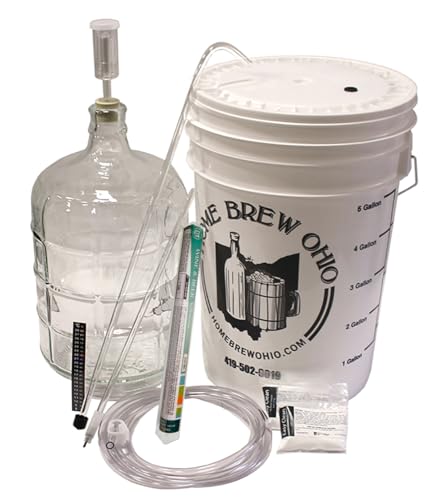have 750ml swing top bottles from a local winery, I don't know if their pressure rating so I'm hesitant to use them but that's all I have. , , , this is more of an experiment. Is there a way to determine the pressure rating by looking at it? Can I assume a swing top bottle will be rated good enough for my purposes?
* have you looked at what type of wine the winery uses that container for? As a second choice I have ciders so collect some Crown caps.
* On my part I see Grosch type bottles with some over pressure, not as much as a champagne bottle / Crown cap. The rubber seal is held in via a spring clip so there is a maximum pressure at which it would leak like a relief valve on your water heater.
* one bottle? ,, for flavor, I would carbonate with a CO2 cartridge. Gas will dissolve especially if your target liquid is cold. If you ask the neighbors, you will likely find someone who is doing beer and has a Corney keg. One graduate from the wine club is running a sparkling wine process which collects fermentation CO2 and pushes it into finished product for carbonation.
* To your how can you tell pressure rating? Weight your bottles. Pressure rated bottles are thicker glass so they weigh more.
* commercial lines have some defect in the glass. It happens.
* one bottle? Learning the process? I would run a wine with 1118 yeast, rack at 1.010 into a cider or champagne bottle and then crown cap it. Mechanically the cork isn’t easy to pull and disgorge. Mechanically, Any corks in champagne bottles needs to also have wire hoods. Plastic champagne corks are easy to insert (do you want a few)

* Other,,, ,, chilling with glycol in the freezer is preferred in the club, not salted ice, ,,, if you are doing a case you will lose a bottle for topping off, ,, outside is a good place for riddling, if inside do it in the shower, ,, chill the wine close to freezing, you lose less, ,, start with clean hands, a thumb is the best way to save wine wildly bubbling out. (photo was an
@weaverschmitz bottling party)






















































